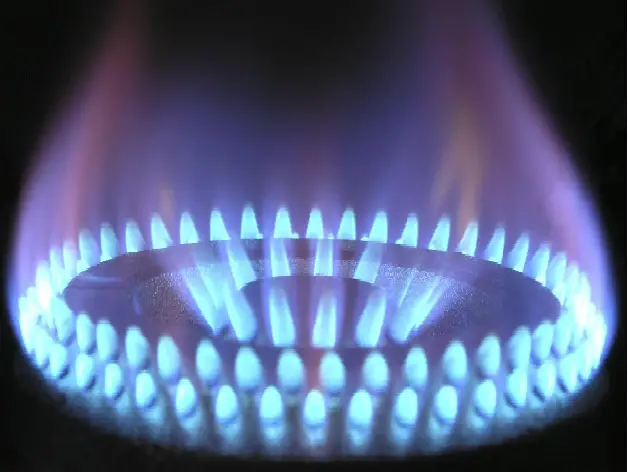According to new data from the London Intercontinental Exchange (ICE), The EU is now seeing natural gas prices falling to levels not seen since September of 2021.
According to ICE data, at the TTF hub in the Netherlands gas futures for February delivery dropped over 11% on Monday, to trade at $645 per thousand cubic meters (€57.6 ($62.3) per megawatt-hour in household terms), as of 11:00 AM GMT.
An unseasonably warm winter in Europe has driven down the demand for fuel for heating. That has allowed the EU nations to substantially build their fuel reserves, even as they sit in the period of peak demand in winter. That is driving the price of gas down.
Reserve stores are currently filled to record highs for this time of the year, sitting at just below 82%. Withdrawals from the EU storage reserve facilities on January 14th were 253 million cubic meters, which was the lowest they have been since 2012.
In addition, wind generation has been exceeding expectations since the beginning of the month, as it has contributed power to the EU energy grids. It contributed an all time record of 35.4% of the power Europe consumed on January 15th.
At their peak last August, European gas prices rose above €345 per megawatt-hour on fears regarding winter shortages due to the withdrawal of Russian energy flows through the Nord Stream 1 natural gas pipeline due to sanctions and technical issues.
In response, the EU nations instituted a price cap on wholesale gas prices, at €180 per megawatt-hour. It is set to go into effect if gas futures trade at a higher price for three straight days. THe cap will go into effect in February 15th.

